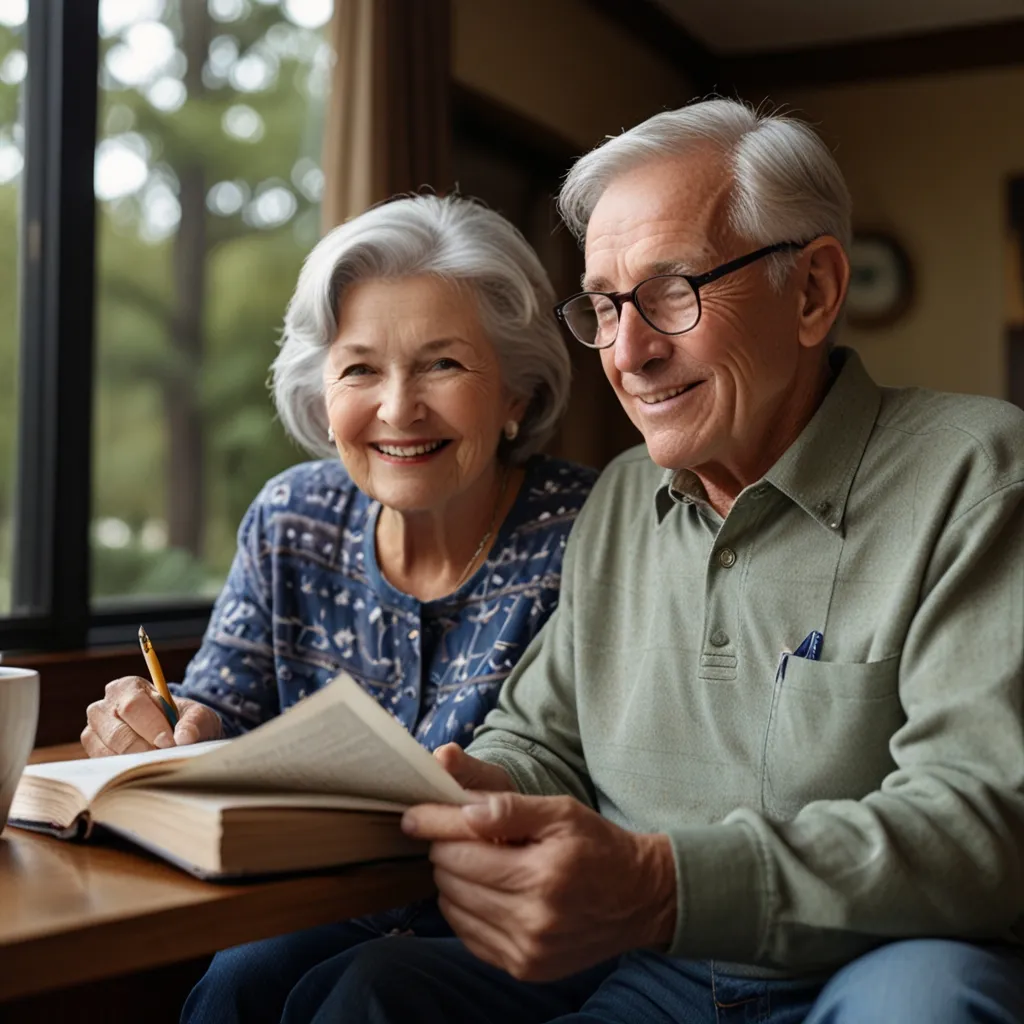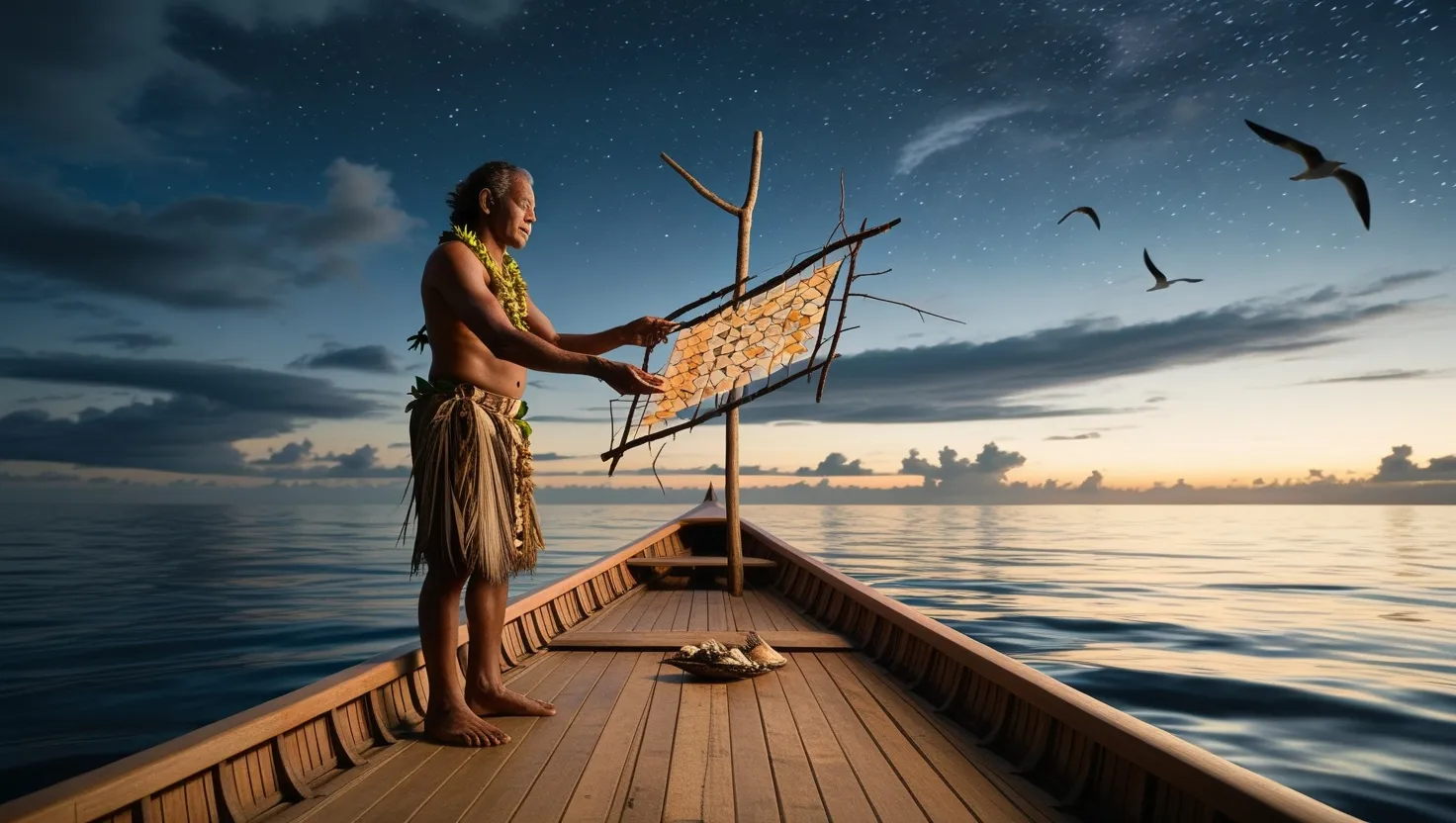Understanding the concept of mass can be a real head-scratcher. It’s easy to conflate mass with weight, even though they’re two distinct concepts. Imagine weighing 150 pounds on Earth, but only 25 pounds on the moon. An elephant, colossal as it is, would scale down from 12,000 pounds to just 2,000 pounds on the lunar surface. However, the mass of these bodies remains unchanged, as mass doesn’t depend on gravity. Instead, mass is all about how much “stuff” one’s body is composed of—essentially, the number of atoms it contains or how much the body resists motion.
Alright, so you’ve got this mass, but where does it originate from? Contrary to popular belief, it’s not solely about the so-called ‘God particle’ or Higgs boson—a particle associated with the Higgs field, which contributes only about 2% to the universe’s total mass. The question then is: where does the hefty 98% come from? To unravel this, we need to dive deep, literally, into the atom itself.
Atoms are built from protons and neutrons nestled in the nucleus, surrounded by a cloud of electrons. However, the electron mass is so negligible that it’s almost irrelevant in this context—just 0.05% of an atom’s mass. So, focusing on the nucleus where nearly all the atomic mass resides, protons and neutrons share almost equal mass, playing the lead roles in this atomic saga.
The mystery thickens when exploring the makeup of protons. Each proton consists of three tiny particles named quarks—two ‘up’ quarks and one ‘down’ quark. The kicker, though, is when you tally up the masses of these quarks; together, they account for a mere 2% of the proton’s mass. The real question is: what constitutes the remaining 98% of the proton’s mass?
Here’s where things get fascinating. The quarks inside these protons and neutrons are racing around at nearly light speed—186,000 miles per second—within an incredibly cramped space, about one quadrillionth of a meter across. Thanks to their breakneck pace, these quarks possess significant kinetic energy. When whirling around each other this fast, they require enormous forces to prevent them from flying apart—imagine gravity keeping the planets in orbit around the sun. This means there’s a great deal of potential energy at play as well, binding these particles together tightly.
If Einstein’s iconic equation, (E=mc^2), is rearranged to (m=E/c^2), it unveils that mass can originate from the interplay of kinetic and potential energy. Essentially, most of the mass at a fundamental level isn’t solid stuff but energy that’s zipping around inside an atom’s nucleus. This energetic dance manifests as mass, and when gravity interacts with this mass, it results in what we perceive as weight. It’s intriguing to realize that everything visible in the universe—from stars and planets to comets and our own bodies—is essentially energy at its core, bound within the structure of particles.
Speculating on the future, could there ever be a diet plan that involves shedding some of this quark energy to lose weight? It’s a whimsical thought, but you never know what science has in store as we continue to unravel the mysteries of our universe.
While understanding these concepts might be a trip down a scientific rabbit hole, they remind us just how rich and intricate the universe is—out there in the vastness of space and inside the tiny specks of matter that make each of us.






